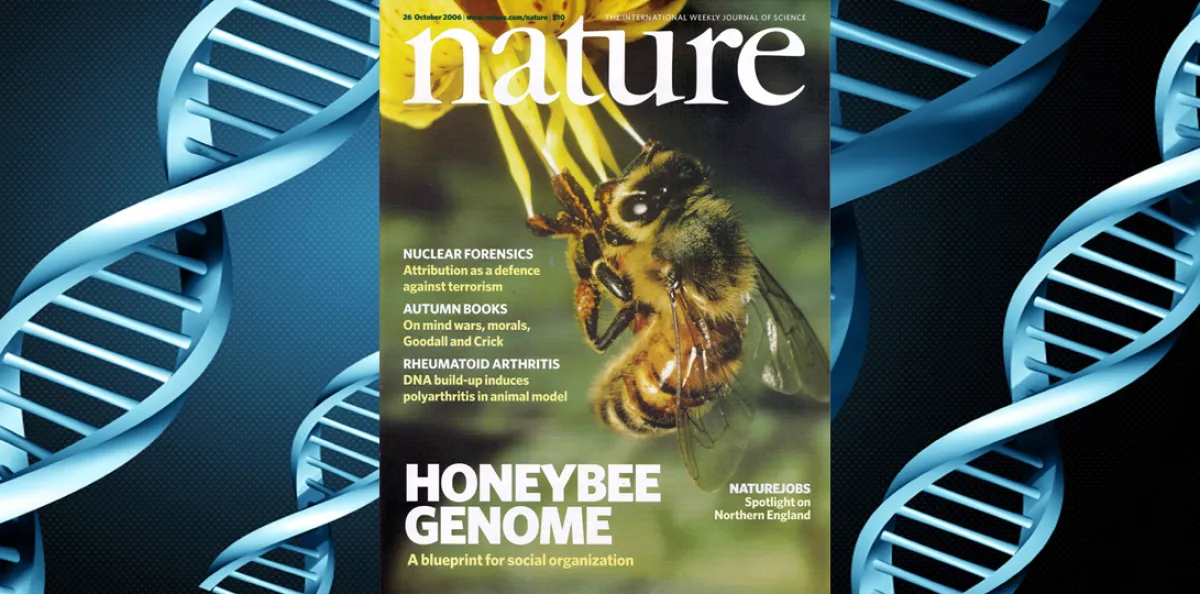Nutritional control of organismal outcomes via an epigenetic mechanism

by Ryszard Maleszka
Although genes are unquestionably vital in shaping an organism’s development, their expression can be changed quite radically by environmental factors. This conditional utilisation of a genetic blueprint is driven by molecular processes referred to as epigenetic. One of the most striking examples of environmental influences on organismal outcomes is the process of producing long-lived, fertile queens in social honey bees from female larvae that are genetically identical to their sisters developing into short-lived, sterile and much smaller worker bees. It has been known for many years that honey bees use a highly potent food, fittingly named royal jelly, to trigger a distinct developmental trajectory resulting in major physiological differences that distinguish queens and worker bees. However, the molecular mechanisms by which royal jelly modulates hard-wired DNA remained a mystery. In a landmark 2008 study, Maleszka and his lab showed that the answer lies in the process called DNA methylation, whereby a methyl group attached to one of the bases (usually cytosine) have the capacity to modify the way a given gene is expressed. By applying a powerful technique known as gene silencing they were able to interfere with a gene involved in DNA methylation in larval stages and then examine the phenotypic characteristics of emerging adults. Remarkably, the majority of larvae in which the process of DNA methylation was disrupted developed into queens in contrast to controls that emerged as workers.
This pioneering research has shown that by inhibiting DNA methylation and consequently modifying gene expression patterns, nutrition can have profound impact on organismal biology. Because DNA methylation is highly conserved across the whole animal kingdom, this discovery, while interesting on its own, also has far reaching implications for human health. It not only brings into focus the flexibility of genomic information, but also shows that environmental factors make the interpretation of individual genome tests very challenging.
Kucharski R, Maleszka J, Foret S, Maleszka R (2008) Nutritional control of reproductive status in honey bees via DNA methylation. Science, 319:1827.
Weinstock G, Robinson G, Gibbs, Maleszka R, et al (2006) Insights into social insects from the genome of the honey bee Apis mellifera. Nature, 443, 931-949.
This article is one of a set featuring the achievements and memorable occasions in the History of Biology at ANU.
